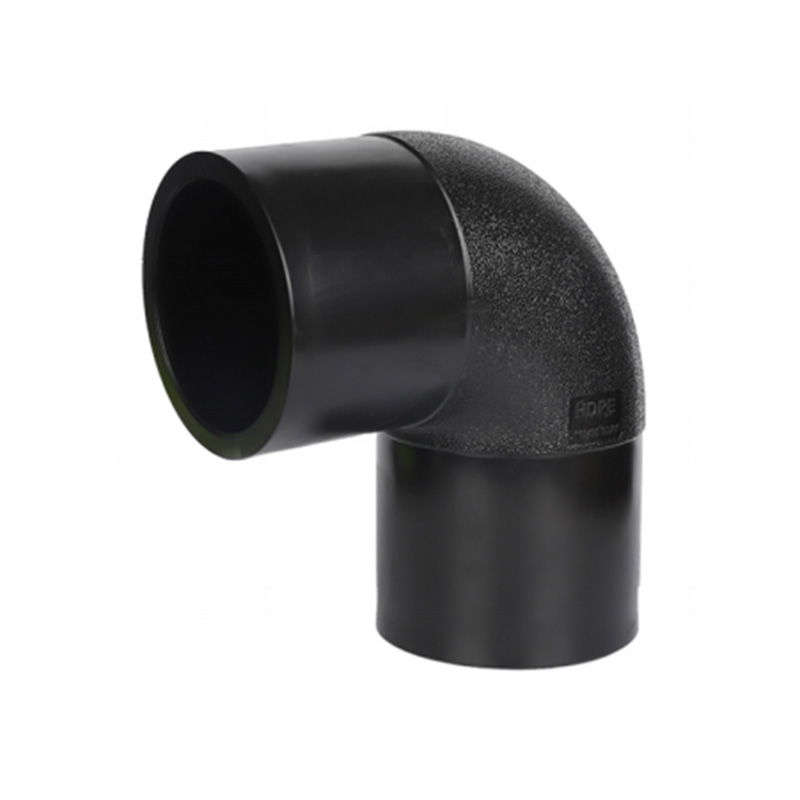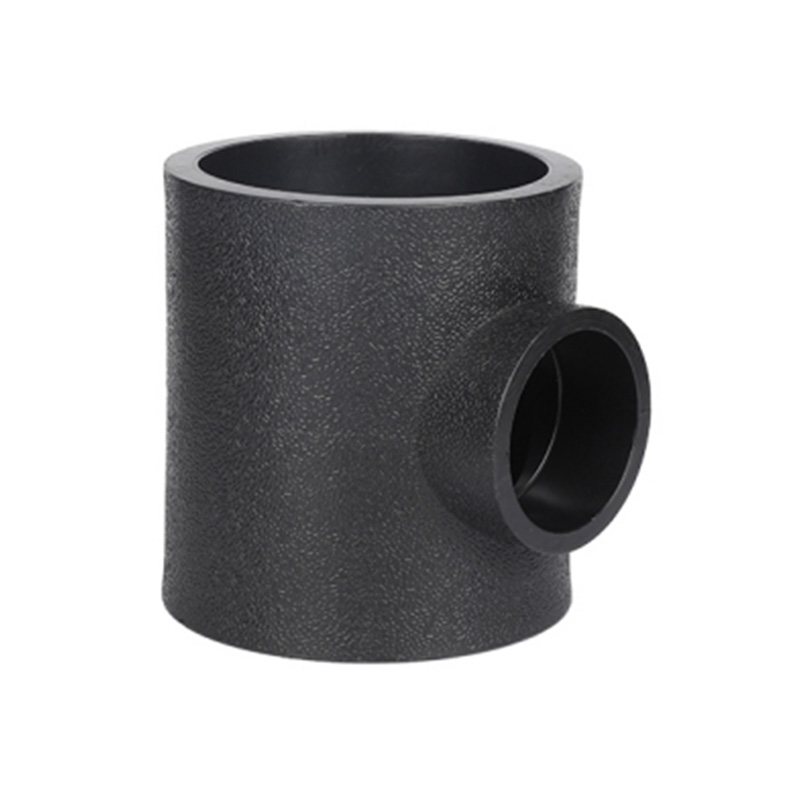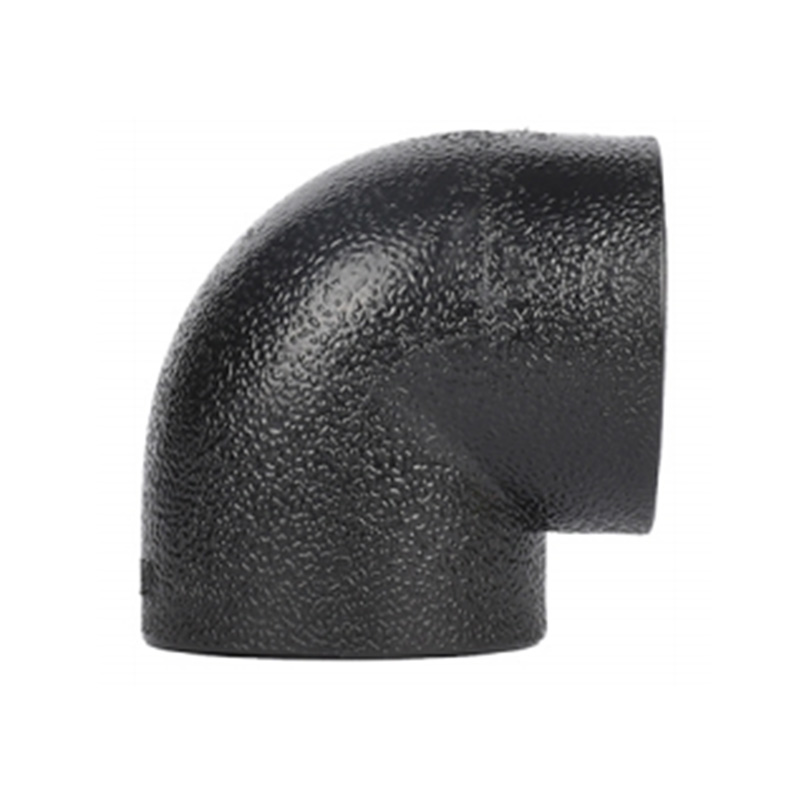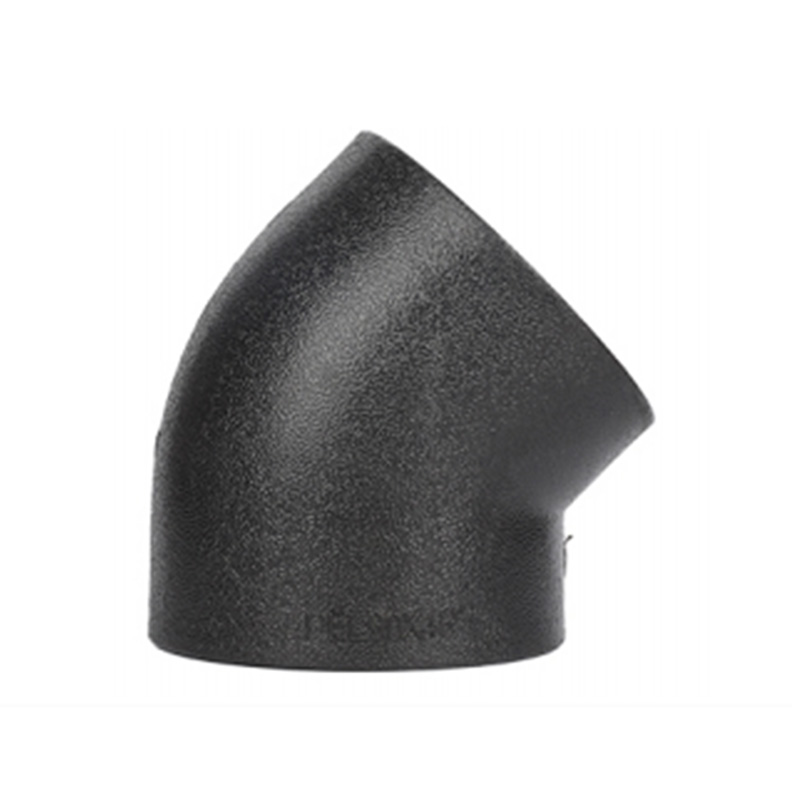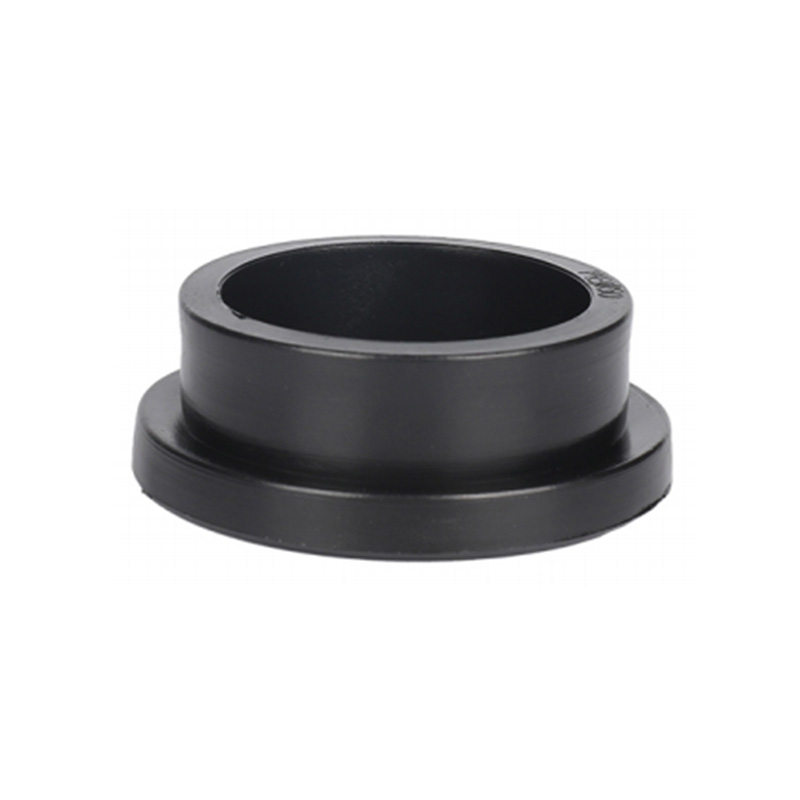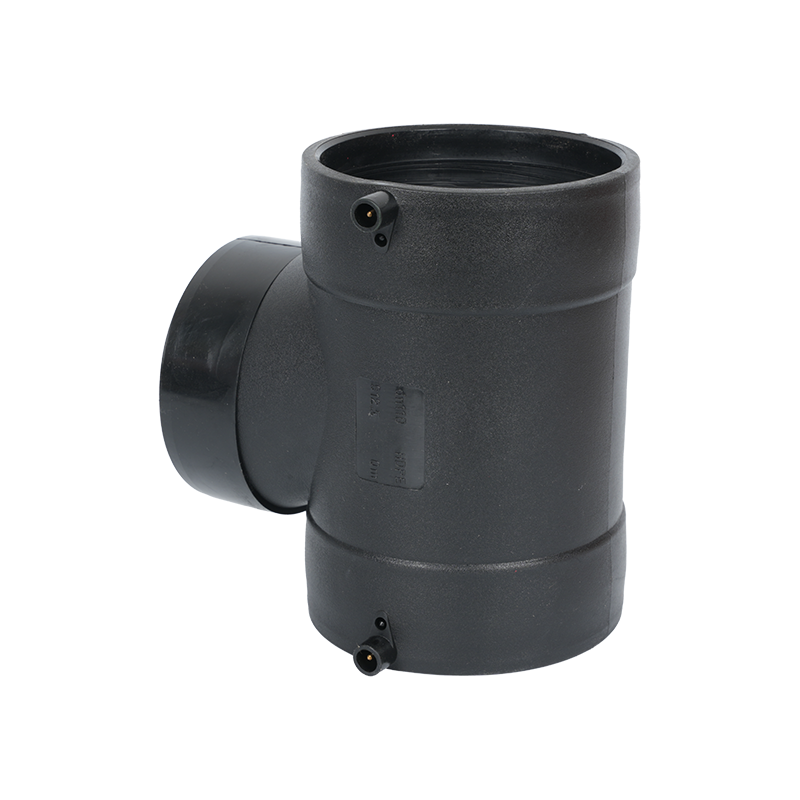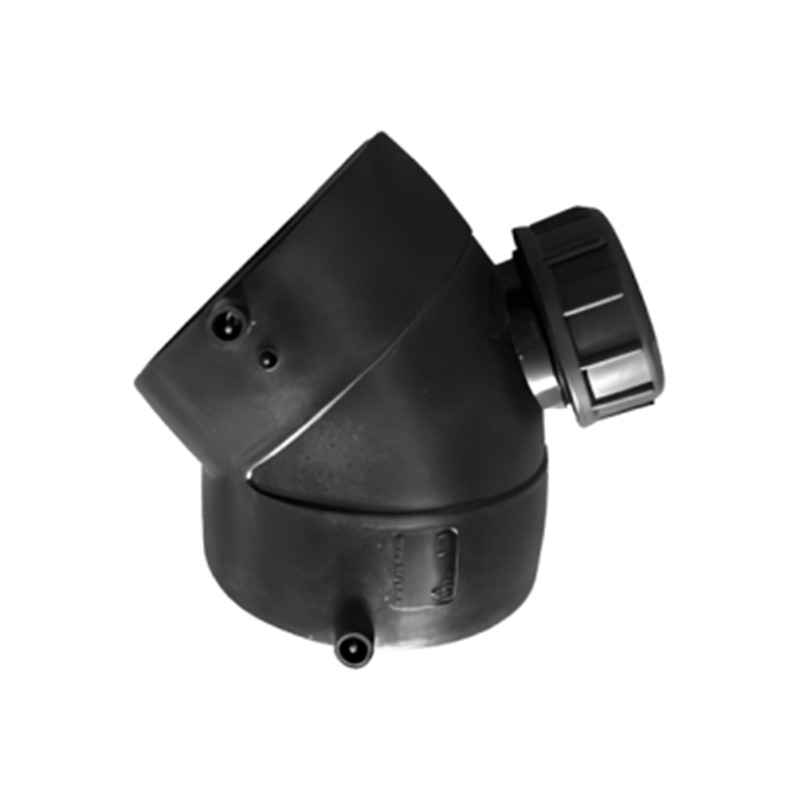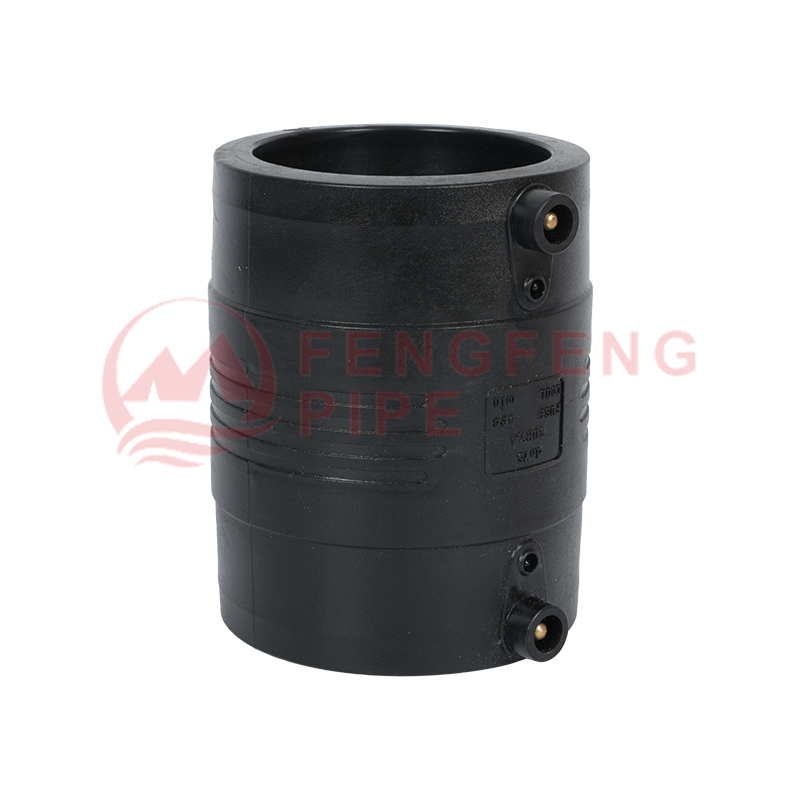What are the requirements for ambient temperature and humidity for the installation of HDPE electric fusion pipe fittings
 2025.08.25
2025.08.25
 Industry news
Industry news
HDPE (high-density polyethylene) electrofusion pipe fittings are widely used in modern pipeline engineering. The safe operation, service life, and construction quality of pipelines are highly dependent on the installation environment. Temperature and humidity are key factors affecting the quality of electrofusion welding. Properly controlling environmental conditions can ensure weld strength, pipe sealing, and long-term pressure resistance.
The Impact of Ambient Temperature on the Installation of HDPE Electrofusion Pipe Fittings
HDPE pipe is extremely sensitive to temperature. In high-temperature environments, the pipe expands significantly due to heat, requiring appropriate adjustments to the heating and cooling times during welding. Excessively high temperatures at the construction site can cause excessive softening of the pipe ends during electrofusion welding, resulting in localized melting, deformation, and even weld failure. In low-temperature environments, the pipe's toughness decreases, making it more susceptible to cracking on the cut surface, making it difficult to form a uniform fusion layer during welding, and reducing the tensile strength of the joint.
Different manufacturers and standards have specific requirements for application temperatures. Generally, an ambient temperature between 5°C and 40°C is recommended for electrofusion welding. When the temperature is below 5°C, preheating measures or the use of specialized low-temperature welding equipment are required. When the temperature is above 40°C, avoid direct sunlight and work in a cool, shady environment. When constructing pipes underground or outdoors, where there are significant temperature differences between day and night, welding time and cooling cycles need to be appropriately adjusted to ensure that welded joints meet standard requirements.
The Impact of Humidity on Welding Quality
Humidity is a key factor affecting weld surface finish and fusion quality. Moisture or dew on the pipe end surface reduces the effective conduction of the heating current, resulting in localized insufficient temperatures during welding and uneven weld thickness. In environments with excessively high humidity, bubbles or voids may form during welding, affecting the pipe fitting's sealing and long-term pressure resistance.
If the relative humidity at the construction site is too high, especially on rainy or humid days, the pipe fittings should be dried. This can be done by wiping with a cloth or using an air heater. Indoor construction should maintain good ventilation to prevent condensation from forming on the pipe ends or fitting surfaces. Low humidity generally has little impact, but in extremely dry environments, static electricity accumulation should be prevented, which can hinder construction operations.
Coordinating Construction Operations with the Environment
The ambient temperature and humidity directly impact the quality of electric fusion pipe welding. Before construction, measure the site temperature and humidity, and adjust the heating time based on the pipe diameter, welding pressure, and welding equipment parameters. When welding larger diameter or thick-walled pipes in low-temperature environments, extended heating times and cooling cycles are required to ensure uniform and stable welds.
Protect the welding area from direct sunlight and moisture intrusion at the construction site by erecting a sunshade or rain shield. Before welding, inspect the pipe ends for flatness, cleanliness, and dryness to ensure that environmental conditions meet standard requirements. During installation, operators should be equipped with temperature and humidity monitoring tools to adjust welding procedures promptly to ensure consistent weld quality for each joint.
Requirements for Special Environments
During low-temperature winter conditions, pipe preheating, welding machine low-temperature operation, or heating and insulation measures are typically used to prevent cold fracture and uneven welds. During high-temperature summer conditions, work should be done in the shade, and welding and cooling times should be shortened to prevent softening or deformation of the pipe. During humid or rainy seasons, protective measures should be taken to prevent moisture from contacting the weld surface. Use absorbent cloths or air blowers to keep pipe ends dry. In high humidity or extreme temperature conditions, the manufacturer's technical manuals and international standards, such as ISO 12176 and EN 1555, regarding construction temperature and humidity should be strictly followed to ensure that the welded joints meet the design pressure and service life requirements.
KEEP IN TOUCH


